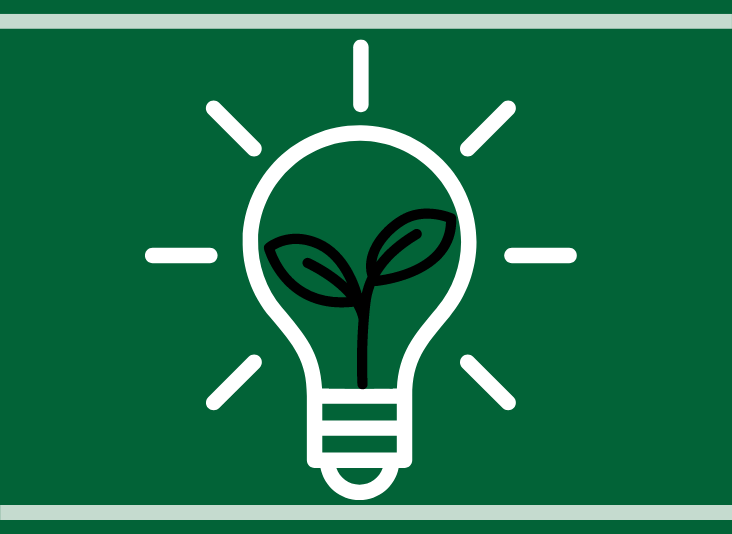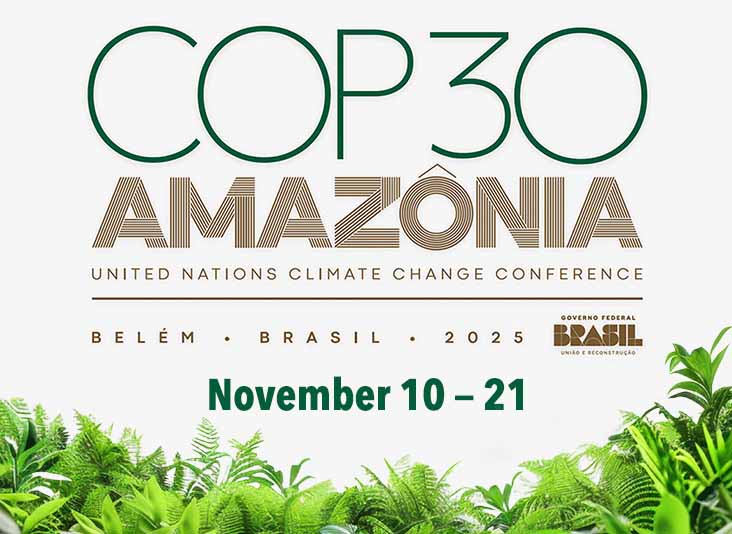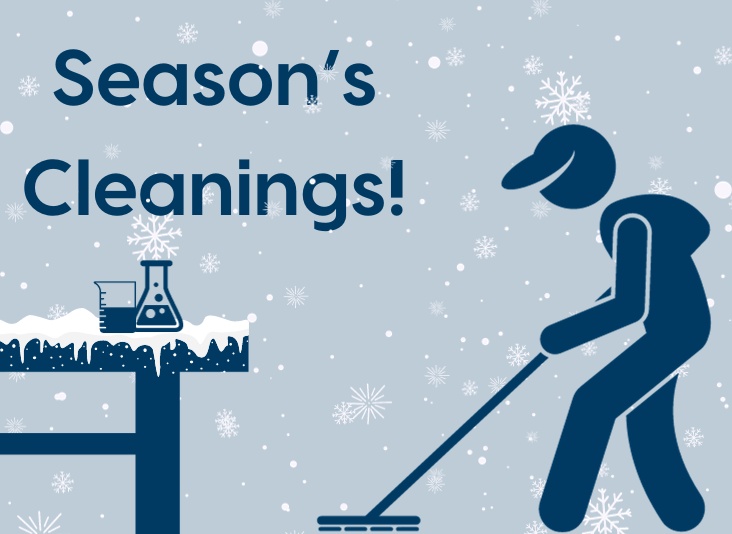Sustainable Solutions Demand Innovation
Sustainability is a hot topic. Leaders at every organization are interested in learning how to be more sustainable, how sustainable other companies are, what sustainability trends will look like in the future, and on and on. Managers often find themselves struggling to fully embrace sustainability, however, as they just can’t keep up with all the latest trends and efforts. It often seems that by the time the latest sustainable best practice has been implemented, another comes along—rendering the just-completed project obsolete.
This is evidenced by the fact that across industries, organizations have, for the most part, struggled to respond to the challenge of sustainability:
- Many industries, such as high-tech, industrial, energy, and more, are not on track to meet net zero goals
- 93% of organizations won’t meet their goals without at least doubling the pace of emissions reduction by 2030
Truly, to meet sustainability goals, organizations need to get ahead of the expectation and break new ground for creative solutions.
Sustainability: Constantly Changing
This is because the very nature of sustainability and environmentalism demands innovation—in solutions, technological invention, approaches, awareness, and more. There is no endpoint in a creative world that continually seeks new ways to demonstrate environmental consciousness and sensitivity. This means that sustainability, as a concept and practice, is a moving target—so it’s no wonder it seems to managers that, on what feels like a daily basis, new and emerging technologies are changing the face of sustainability.
As such, as we mentioned above, by the time an environmental best practice is implemented onsite, it often already requires modification and updating—there is always more to be done. To stay ahead of the sustainability curve, the workforce must be prepared to be creative—brainstorming, planning, and quickly adapting to every industry change on an ever-evolving competitive landscape.
Benefits of Operational Environmentalism
We have repeatedly discussed the importance of workplace sustainability. Aside from the obvious planetary benefits (reduction in fossil fuel usage, less reliance on virgin materials, fewer wastes sent to landfill, etc.), increased operational environmental friendliness can result in the following benefits, among others:
- Employee retention
- Customer retention
- Reduction in R&D costs
- Increased collaboration and teamwork, both internally and externally
- Reduction of environmental and supply risk
- Improved public image
- Lowered operational costs
- Future compliance success
Above all, one of the most important benefits derived from the drive for ever-greater levels of sustainability is that it creates demand and impetus for internal innovation; innovation that often includes refreshed or “new” methods, ideas, products, solutions, and systems.
Old Systems Don't Plan for Longevity
The innovation discussed above makes the future, and thus, progress, happen. But in order to understand what that future looks like, we must first understand how things are already done—deconstructing the systems, roles, processes, and more that make up our existing operations.
Traditional business systems, organizations, and protocols aren’t usually established to be long-lasting. Many times, a need suddenly arises and a team assembles, implementing a solution that addresses only the immediate need.
Take a plastic grocery bag, for example. Customers needed something to carry their groceries in—and thus retailers and inventors came up with the all-too-convenient plastic grocery bags. Instead of taking time to innovate something that would avoid creating long-term plastic pollution by asking customers to use paper or cloth bags or offer groceries in easy-to-carry containers, inventors created a quick solution without thought for the after-effects of such a product once it had served its initial purpose.
At the time, it was a breakthrough for convenience, durability, and flexibility. And since plastic is the least costly packaging material, it seemed like a no-brainer. This product, however—something that seemed like the embodiment of usefulness and low cost when it was first introduced—causes widespread environmental harm both during production and after disposal.
While this is a simplified version of the real story of plastic’s adoption, it is a familiar one. Consider and question the many legacy products and systems that, today, seem as if they were inevitable or intuitive—and you will find that they share a similar story as that of the plastic bag. Too often, smart, decent, and reasonably creative groups of people cobbled together technologies and processes without factoring in what these would mean for the health of society and the planet in the long term—a fact which the concept of sustainability directly challenges.
Sustainability and Internal Innovation: A Winning Combination
An article by the World Economic Forum indicates that sustainability is accelerating innovation, not holding it back. It’s about juggling the varying goals, as the author, Joni Rautavuori, CEO of United Kingdom-based manufacturer Tharsus Group, writes: “The businesses that adapt most appropriately to the multi-layered challenges we face, will be the ones that will earn the right to survive and create long-term, transformative change.”
Too many corporations see innovation and sustainability as competitive forces in a company. This is not so, asserts Ivanka Visnjic, Director of the Institute for Innovation and Knowledge Management at Spain-based Esade University, an international business and law institution. In a recent Forbes opinion piece, she writes: “Innovation is essential to be able to address challenges such as climate change, social inequality, and relentless resource depletion.”
When it comes to business strategies, sustainability and innovation are complementary. This is because the very nature of sustainability means moving from current systems to better, more efficient ones. Legacy approaches weren’t designed to be long-term, and we need to migrate from them to new and updated systems designed with durability in mind.
Moving Forward Via Sustainability Programs
This complete overhaul—of protocols, best practices, strategies, infrastructure, and more—should spark creativity within operations, forcing the entire organization to think outside existing boundaries. Teams will be positioned to exceed what has been done and is perceived as possible.
This revamp applies to all aspects of operations—procurement, day-to-day processes, shipping, R&D, and more. In fact, innovation can lead to:
- Material use reduction – Updates to existing protocols may result in less raw material, or less material overall, being needed to achieve the same results or processes
- Less waste – Reduced material use, along with workflow improvements, may mean material sharing, better informed procurement, and more—reducing overall waste upstream
- Greener waste disposal – New disposal strategies can enable reuse or recycling of waste materials, meaning less waste is sent to landfill
These benefits and more speak to the positive influence innovation and creativity can have on reaching sustainability goals. And in the same way, they speak to the fact that sustainability needs innovation and creativity to make any real impact.
Get the Best Minds on Innovation
Your team is busy, and the creativity and sustainability demands may not be the top priority for all across your facility. Yet, unfortunately, as we’ve seen, you can’t reach your goals without innovation. That’s why you should turn to a long-standing and established leader in this area, such as Triumvirate Environmental.
We’ve been in the business for years and have seen everything—what works and what doesn’t—which positions us to think outside the box—and dream big. Work with us to usher your organization into the era of sustainability and reach your goals much faster—contact us today to learn more.






